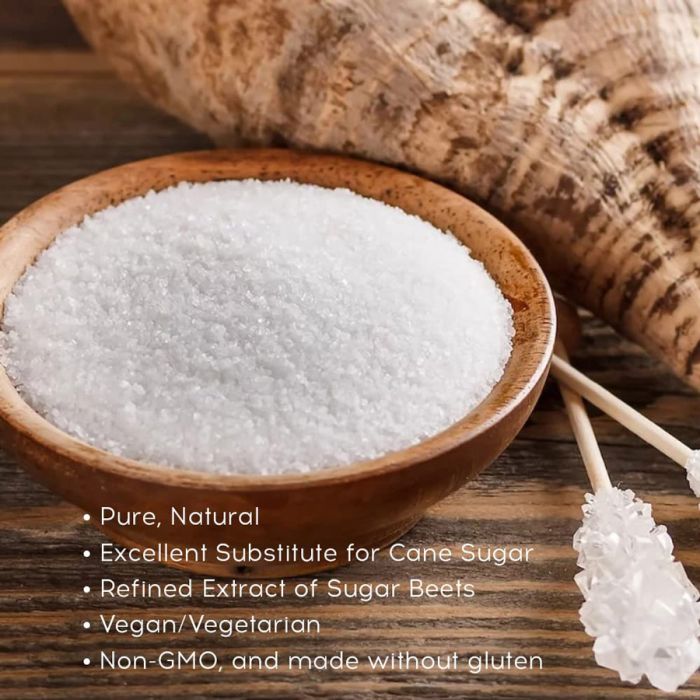The farming methods for beet sugar vs cane sugar contribute to differences in harvesting time.
The farming methods for beet sugar vs cane sugar contribute to differences in harvesting time.
Blog Article
Discover the Uses and Perks of Beet Sugar Vs Cane Sugar in Your Daily Diet Regimen
Checking out the distinctive top qualities of beet and cane sugar reveals more than just their sweetening capacities; it highlights their special influences on health and culinary arts. Beet sugar, known for its subtle taste, is commonly preferred in delicate desserts, whereas cane sugar, with its hint of molasses, adds splendor to durable recipes. Each type holds its very own nutritional profile and glycemic implications, welcoming a deeper understanding of their duties in a balanced diet regimen and lasting consumption practices.
Beginning and Production Procedures of Beet and Cane Sugar

The distinctive climates and dirt types required for expanding sugar beets and sugarcane contribute to distinctions in their cultivation techniques and geographic circulation, influencing the economics and sustainability of their production. beet sugar vs cane sugar.
Nutritional Contrast In Between Beet Sugar and Cane Sugar
Despite originating from different plants, beet sugar and cane sugar are nutritionally really comparable, both primarily including sucrose. Each supplies concerning 4 calories per gram, converting to roughly 16 calories per teaspoon. Structurally, both sugars are composed of around 99.95% sucrose, with marginal quantities of various other substances like wetness and trace element, which do not considerably change their dietary accounts.

Ultimately, when selecting in between beet sugar and cane sugar based upon nutritional material alone, both deal the same benefits and disadvantages as they are basically forms of the very same molecule-- sucrose, offering quick energy without other nutrients.
Effect On Wellness: Glycemic Index and Caloric Material
Discovering better right into the impacts of beet sugar and cane sugar on health, it is necessary to consider their glycemic index and caloric web content. Both sugars are identified as sucrose, which consists of glucose and fructose. This composition leads them to site have a comparable effect on blood glucose levels. The glycemic index (GI) of both beet and cane sugar is around 65, categorizing them as high-GI foods, which can create quick spikes in blood sugar degrees. This is a critical facet for individuals managing diabetes mellitus or those attempting to stabilize their power degrees throughout the day.
Each kind of sugar contains around 4 calories per gram, making their caloric content matching. For those checking calorie consumption, particularly when handling weight or metabolic health and wellness conditions, understanding this equivalence is vital (beet sugar vs cane sugar). Nonetheless, too much consumption of any kind of high-calorie, high-GI food can add to pop over here wellness problems such as obesity, heart condition, and insulin resistance.
Environmental and Economic Considerations of Sugar Manufacturing
Beyond health impacts, the production of beet and cane sugar likewise elevates considerable ecological and economic concerns. Sugar beet cultivation has a tendency to call for cooler climates and has a lower geographical footprint contrasted to sugar cane, which prospers in tropical regions.
Furthermore, making use of pesticides and fertilizers in both beet and cane sugar growing can bring about dirt degradation and contamination, additional impacting biodiversity and local water bodies (beet sugar vs cane sugar). The option between cultivating sugar beet or cane often depends upon neighborhood environmental problems and economic aspects, making the sustainability of sugar production a complex problem
Culinary Applications and Flavor Differences
While the ecological and financial aspects of sugar manufacturing are undoubtedly significant, the choice in between beet and cane sugar also affects culinary applications and taste profiles. Beet sugar, derived from the sugar beet plant, is understood for its remarkably neutral preference.
Walking stick sugar, removed from sugarcane, often maintains molasses traces, which impart an unique splendor and deepness. The slight variation in wetness web content in between beet and cane sugar can affect the texture and consistency of dishes, making cane sugar a favored option for details dishes that profit from its one-of-a-kind homes.

Final Thought
To conclude, both beet and cane sugar have distinctive beginnings and manufacturing procedures, supplying comparable dietary accounts with mild distinctions in salt web content and taste. While their effect on health important source and wellness, particularly pertaining to glycemic index and calories, is comparable, the selection in between them often boils down to environmental, financial elements, and certain cooking demands. Comprehending these elements can assist customers in making educated choices that align with their health and wellness objectives and taste choices.
Report this page